

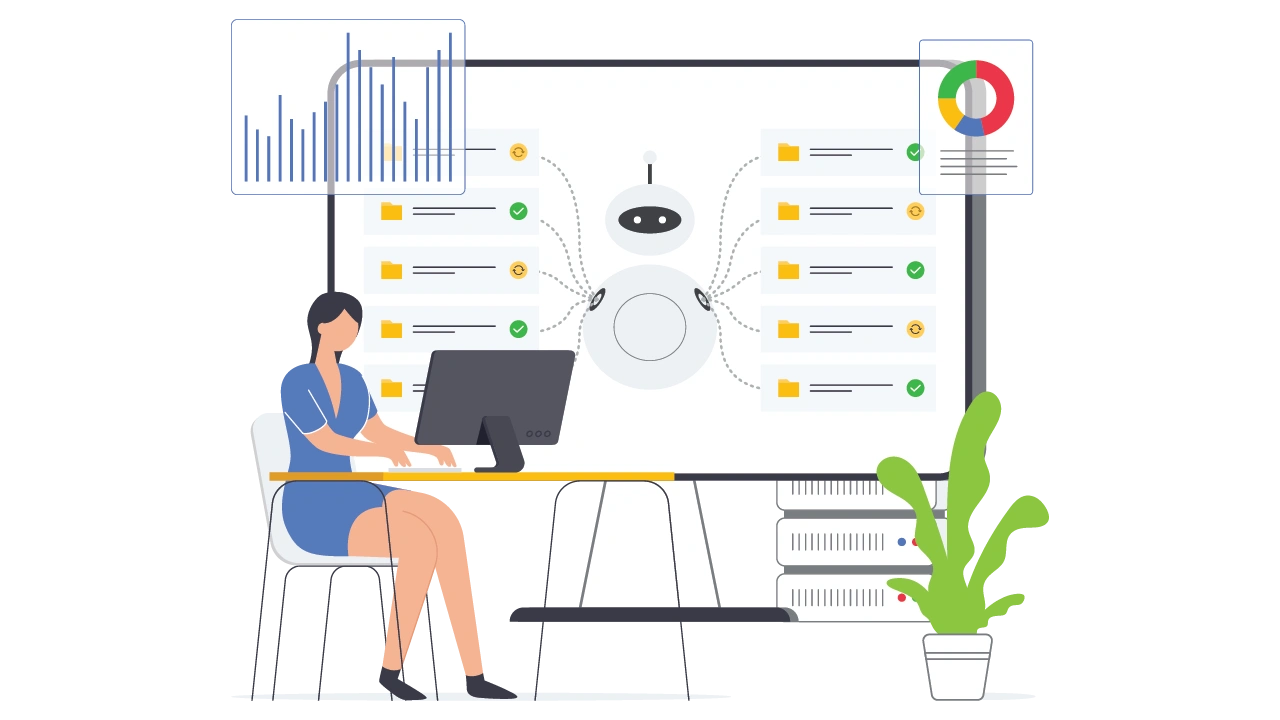
Picture this: a candidate clicks “apply” on a job board and within seconds, an AI-powered system scans their resume , runs it against thousands of others, and delivers an automated rejection email. The process is lightning fast, efficient, and—completely impersonal.
Now imagine another scene. A recruiter picks up the phone to connect with a shortlisted candidate, asks about their career aspirations, and patiently explains the company culture. The candidate feels seen, heard, and valued.
Both scenarios are common in today’s recruitment world. The first demonstrates the scale and efficiency of tech-driven recruitment, while the second underscores the irreplaceable human touch. The real question for HR leaders is: How do we marry both approaches?
The answer lies in designing systems that allow recruitment automation with empathy, where AI accelerates processes while recruiters maintain the personal connections candidates crave. Let’s explore how organizations can strike this balance.
Artificial intelligence has become a cornerstone of modern hiring. Global consulting firms like Korn Ferry highlight how AI-driven tools streamline everything from sourcing to onboarding. The technology is being applied in several impactful ways:
• Screening resumes at scale: AI can analyze thousands of CVs within minutes , matching keywords, experience levels, and skills against job descriptions. This saves recruiters hours of manual review.
• Scheduling interviews: Automated scheduling assistants handle candidate availability and time-zone management with ease.
• Candidate matching: Machine learning algorithms identify top-fit candidates based not only on qualifications but also cultural alignment and career trajectory predictions .
• Bias reduction: By focusing on data points instead of subjective impressions, AI has the potential to mitigate unconscious bias, provided algorithms are trained responsibly .
The efficiency gains are undeniable. Time-to-hire shrinks, recruiters can focus on higher value activities, and candidates experience smoother logistical processes. For companies scaling quickly, automation is not a luxury—it’s a necessity.
But speed and efficiency alone don’t guarantee a great candidate experience in AI HR.
Shifting to a skills-first approach isn’t new, but what makes 2025 different is the rise of AI. Here’s why AI is the catalyst:
• Trust and credibility: Candidates are more likely to accept offers and engage deeply when they feel recruiters understand their motivations and aspirations. A chatbot cannot build trust the same way a genuine conversation can .
• Understanding nuances: AI can flag skills and experience, but it cannot interpret subtleties like passion, adaptability, or cultural alignment with the same depth as a human recruiter .
• Emotional support: Job seeking is stressful. A kind word, reassurance, or constructive feedback from a recruiter makes a lasting impression on candidates .
• Relationship-building: Recruiters don’t just fill current roles; they nurture long-term talent pipelines. Strong human relationships lead to better employer branding and higher candidate loyalty .
Put simply, while technology can process, humans must connect. Recruitment without empathy risks alienating top talent in an already competitive market.
Finding the right tech-driven recruitment balance human touch requires intentional design. Organizations must ensure automation never overshadows empathy but instead amplifies it. Here are practical strategies:
The best practice is not to choose AI or humans but to combine them. For example:
• High-volume screening: Let AI handle initial filtering, but have recruiters personally review the final shortlist .
• Automated status updates: Instead of cold rejection emails, recruiters can follow up with personalized notes or phone calls for shortlisted candidates .
• Chatbots for FAQs: AI can answer basic candidate questions instantly, but ensure recruiters step in for complex queries or sensitive discussions .
This hybrid model ensures candidates benefit from speed without losing the warmth of human interaction.
AI is excellent at drafting emails, scheduling reminders, and managing timelines. But tone, empathy, and personalization should always be human-led.
Candidates who feel acknowledged—even when rejected—are more likely to speak positively about the organization. This is how humanized AI hiring elevates employer branding.
The future of recruitment lies in collaborative task flows where AI and humans work side by side. Some examples:
AI as a recommendation engine: The system suggests a candidate shortlist, and recruiters validate or adjust based on nuanced criteria.
Predictive analytics for hiring success: AI forecasts candidate performance based on historical data, but recruiters evaluate soft skills and cultural alignment before making the final call.
Video interview analysis: AI can score responses for structure and keywords, while humans assess body language, authenticity, and enthusiasm.
Such human-AI collaborative workflows ensure that decisions are data-informed and human centered.
Balancing automation with empathy requires measurement. Organizations should track both operational efficiency and candidate experience metrics, such as:
• Time-to-hire: Faster processes indicate AI is streamlining effectively.
• Candidate satisfaction scores: Post-process surveys can reveal whether applicants felt respected and valued.
• Recruiter productivity: Measuring how much time recruiters save on administrative tasks versus how much time they spend engaging with candidates.
• Engagement rates: Tracking how many candidates continue in the pipeline, respond to offers, or recommend the company to peers.
The future of hiring is not about choosing between AI and humans. It’s about orchestrating a partnership where automation handles scale and logistics, while humans nurture trust and relationships.
Organizations that embrace this tech-driven recruitment balance human touch will not only hire faster but also attract top talent who value meaningful connections. By weaving empathy into every stage of the recruitment process—even when powered by AI—companies create candidate journeys that are efficient, respectful, and inspiring.
The goal is clear: build systems that deliver both speed and soul. In other words, practice warm automation strategies that remind every candidate they’re more than just data—they’re people with dreams, skills, and potential.
Balancing the human touch in tech-driven recruitment means using automation and AI for efficiency while ensuring recruiters still build personal connections, provide empathy, and create trust with candidates.
AI enhances recruitment by automating repetitive tasks like screening resumes, scheduling interviews, and shortlisting candidates. This reduces time-to-hire, improves scalability, and can even minimize unconscious bias when used responsibly.
The human element ensures trust, relationship-building, and nuanced understanding of candidates beyond data. Recruiters provide empathy, emotional support, and cultural insights that AI alone cannot deliver.
Strategies include:
• Adding human touchpoints where AI is used (e.g., personal follow-ups).
• Personalizing candidate communication instead of relying solely on templates.
• Designing collaborative workflows where AI assists and recruiters finalize decisions.
Key metrics include time-to-hire, recruiter productivity, candidate satisfaction scores, and engagement rates. Measuring both efficiency and candidate experience ensures recruitment remains effective and empathetic.
Warm automation refers to using AI tools for speed and accuracy while embedding empathy and personalization at every candidate interaction, ensuring technology enhances—not replaces—the human experience.
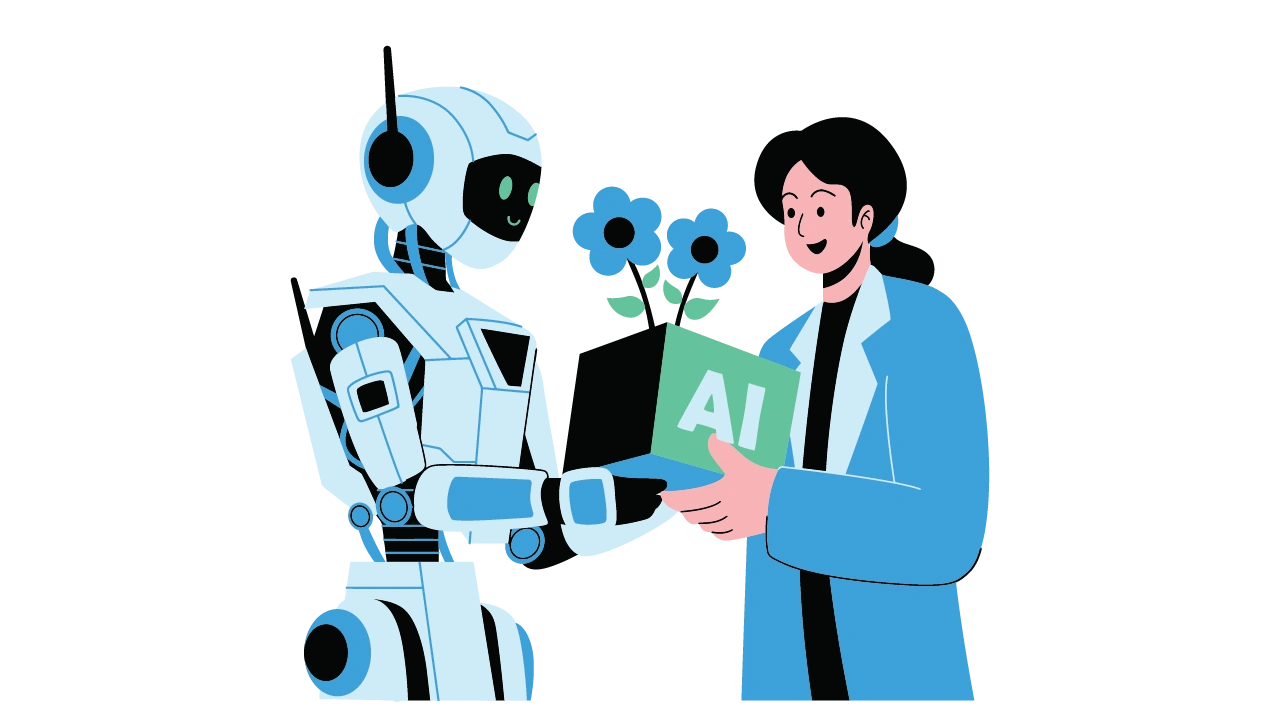
In today’s rapidly evolving work landscape, the arrival of Agentic AI in the workplace is shifting the way teams function, decisions are made, and work is delivered.
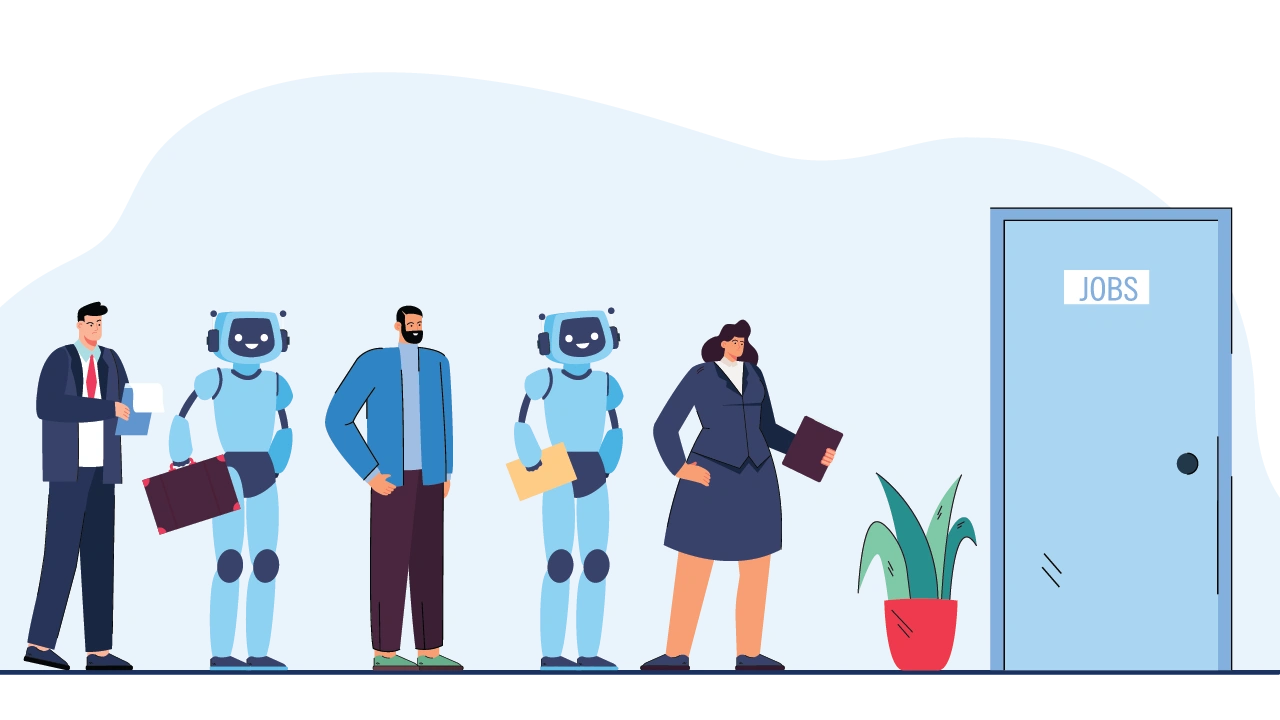
As artificial intelligence continues to reshape the workplace, a new frontier is emerging-one where human workers and AI agents collaborate in increasingly...
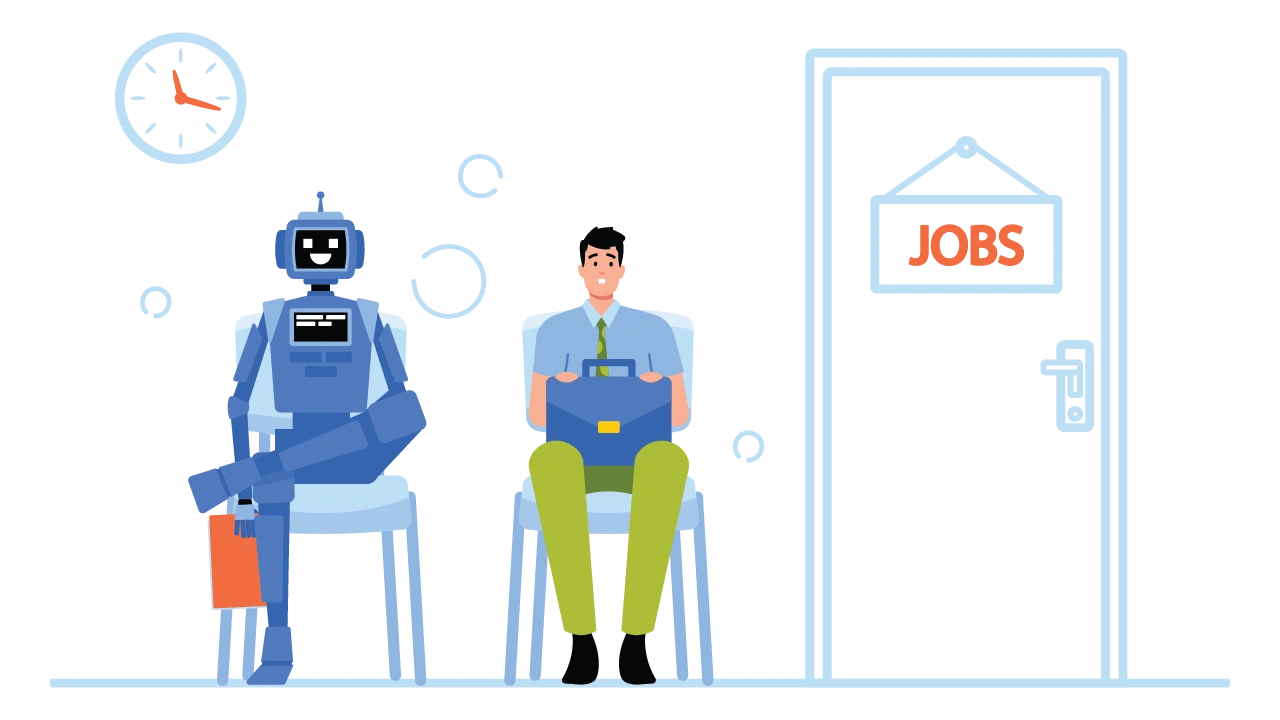
The “Future of Work” is no longer a distant vision—it’s today’s reality. In 2025, global organizations are navigating a landscape transformed by generative AI...

In a world where distributed teams are the norm rather than the exception, the role of culture is under the microscope like never before...
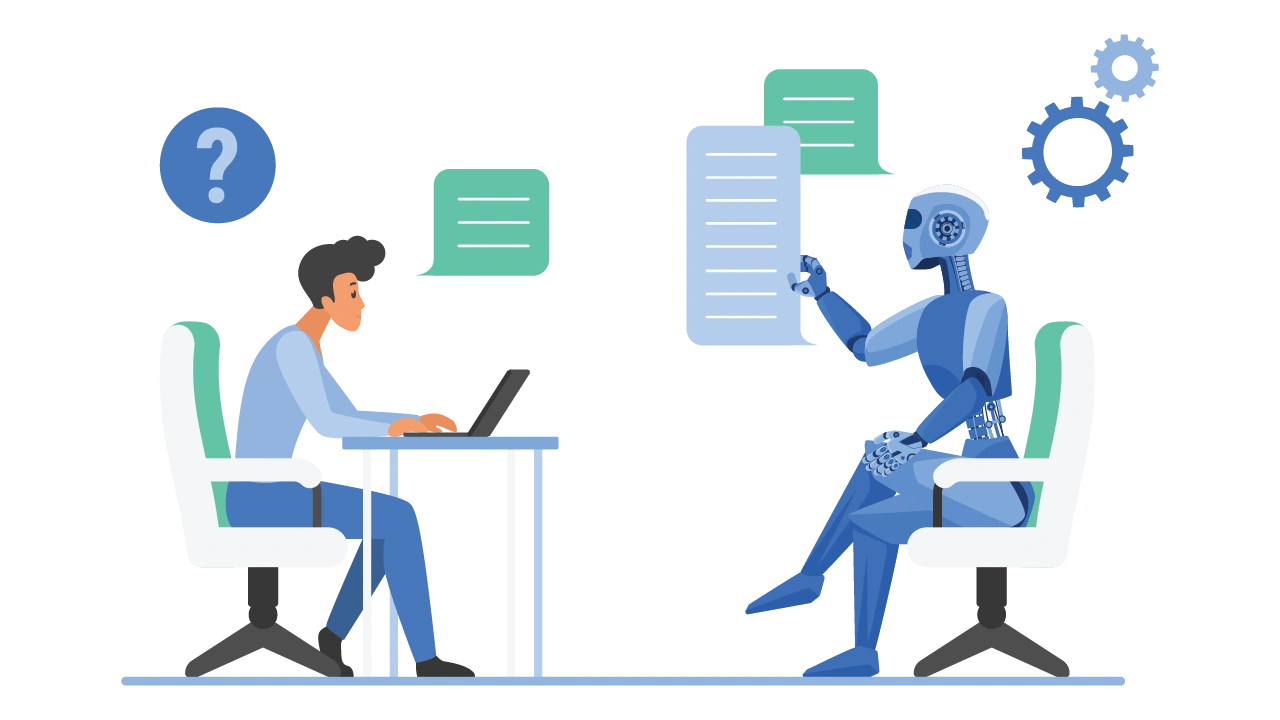
We hear about AI everywhere - from headlines about job losses to promises of supercharged productivity...
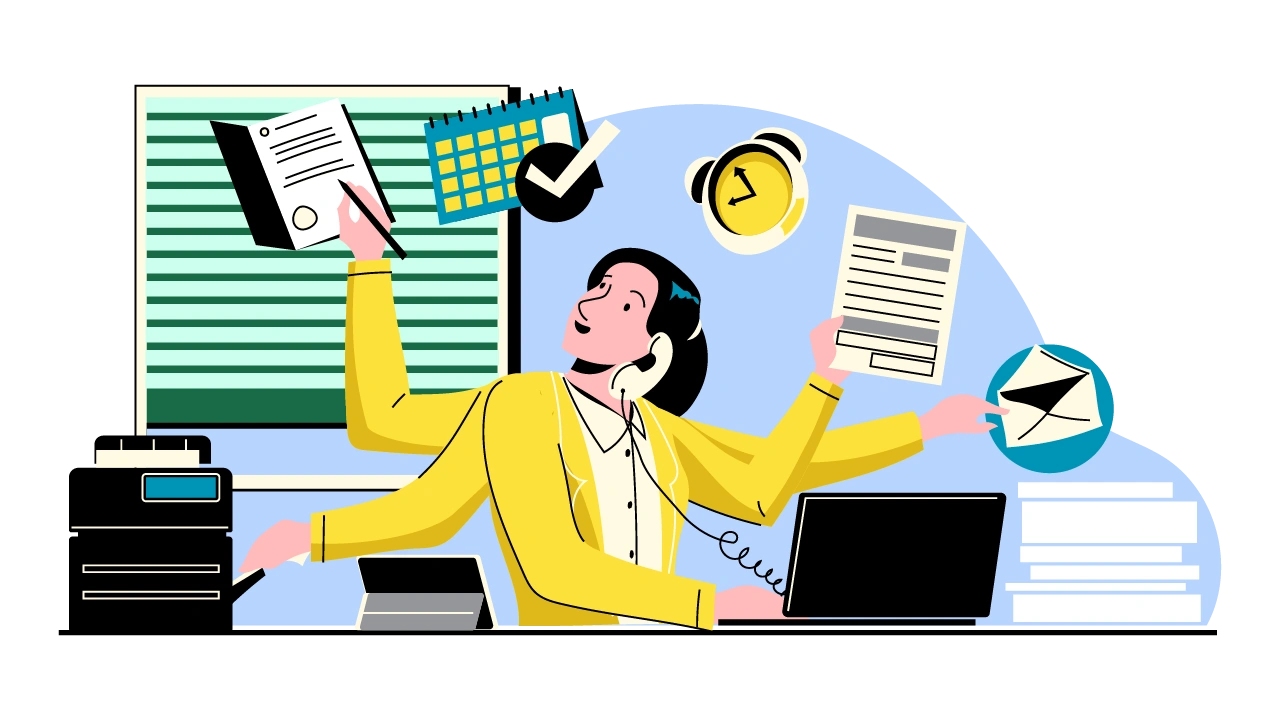
In today's dynamic and often unpredictable business landscape, growth is the ultimate aspiration for small and mid-sized enterprises (SMEs)...